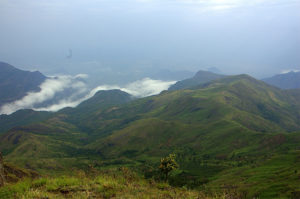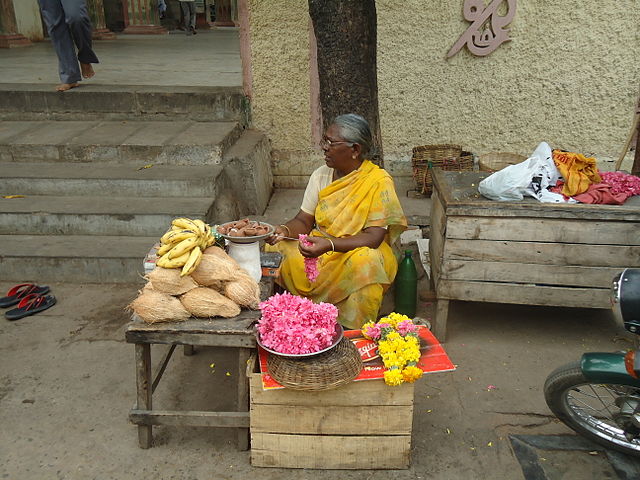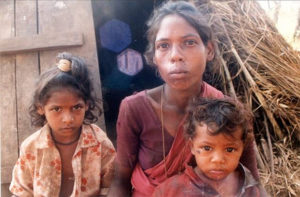Two posts were published last week on a blog from India that focuses on news about the Adivasi, the traditional tribal societies. Both were written by S. Ramarajan, who was the founder of the blog and is a member of the Paliyan society, the subject of both stories last week.

The first post, “The Story of Andipaliyar from the Paliyar Tribe in Tamil Nadu,” indicates that Ramarajan comes from the village of Kadugu Thadia, near the town of Thandikudi. It is in the Palni Hills (also called the Palani Hills) near the well-known hill station of Kodaikanal. The Paliyans in the area have suffered recently from illegal poaching and the loss of their lands. “Paliyar” is an alternate plural form often used instead of “Paliyans.”
Ramarajan relates some of the stories told in the village about the history of the people, particularly the story of Andipaliyar. He and the others of the community lived in a cave many years ago and were employed by the owners of a cardamom estate, who often treated them cruelly. They had to obey the orders they were given and were not permitted to move about without permission. They were beaten if they disobeyed.
During one series of beatings, Andipaliyar’s parents died. He joined his brothers but they decided to abandon the cave where their parents had lived and moved to different ones. Andipaliyar, however, stayed in the same cave and continued working as an estate guard. That cave would protect up to 30 people from wild animals and the elements.

The great great grandson of Andipaliyar, a man named Murugan who still lives in Kadugu Thadia, related the stories about his family to Ramarajan. He said that their ancestors thrived on hunting and gathering, but now they work as day laborers, sell forest products at markets, cultivate food crops, and engage in beekeeping.
The second post about the Paliyans was published three days after the first and was more expansive. Ramarajan opens by discussing the ways of the earlier generations. They wandered through the Palni Hills where they cultivated some food crops without being dependent on other people. They settled in places with supplies of clean water where they could grow such crops as maize and millet.

Ramarajan writes “the Paliyars have always lived in peace and harmony in and with the forest.” However, they were often hassled by forest officers who chased them away from their chosen home sites and the security of their food crops. Without access to their cultivated crops, they started gathering sweet potatoes (Ipomoea batatas) growing wild in the forest.
In earlier times and still today the Paliyans would follow traditional rituals before going into the forest to dig the sweet potatoes. They would not look into a mirror; they would not comb their hair or wear slippers; they would carefully avoid stepping in cow dung. And while digging up the root vegetables in the forest, they would try to be completely silent. The sweet potatoes in the forest could only be dug when they were ripe and good, from mid-January through mid-March.

The author describes in detail the different varieties of sweet potatoes available for digging in the Palni Hills and then explains what would happen if someone in the group couldn’t find a potato to cook and eat. So that no one would go hungry, those who had found and dug up the vegetables would share some with those who had not been successful. “This is how the Paliyars would share their food with those who didn’t have any and live happily, peacefully, unitedly and in tune with nature,” Ramajaran observes.
The writer concludes that the stories handed down in the community point to the “collective unity” of the people, the “hallmark of my tribe.” They try hard to continue living according to their values, according to Ramajaran, carrying on to this day their peaceful culture and the traditions of their ancestors.